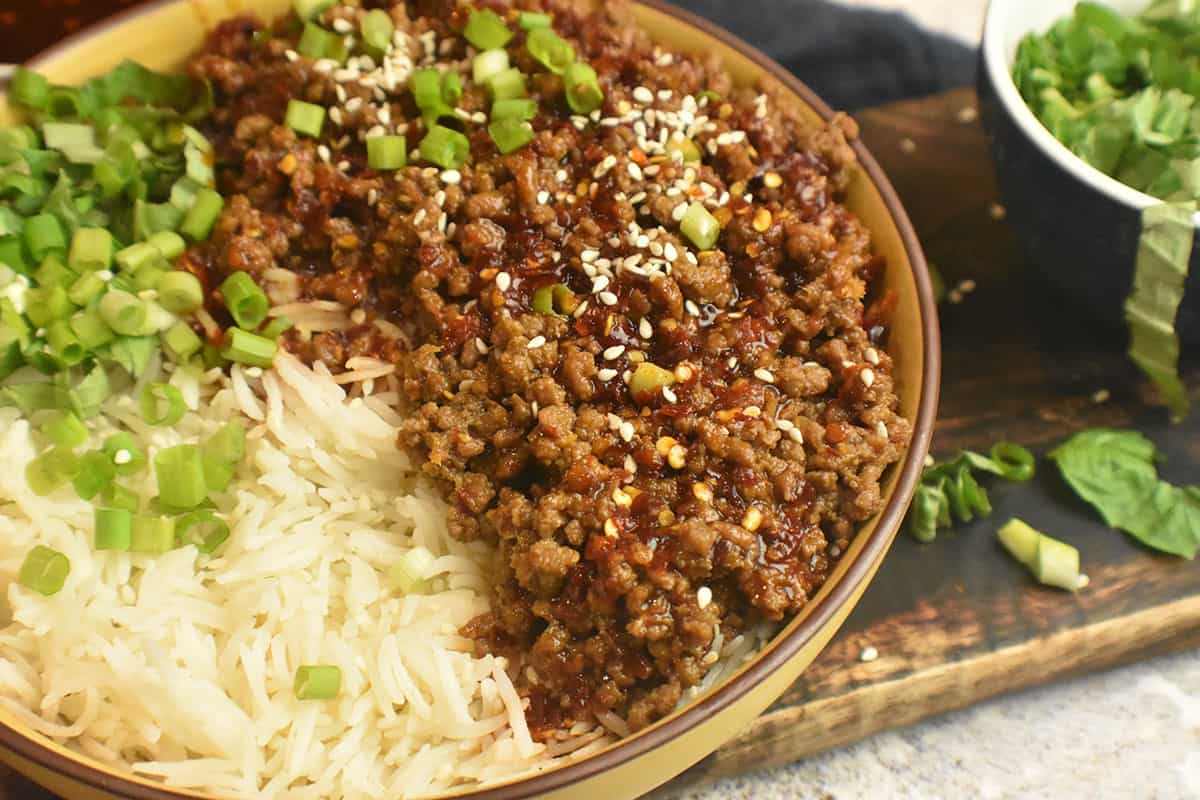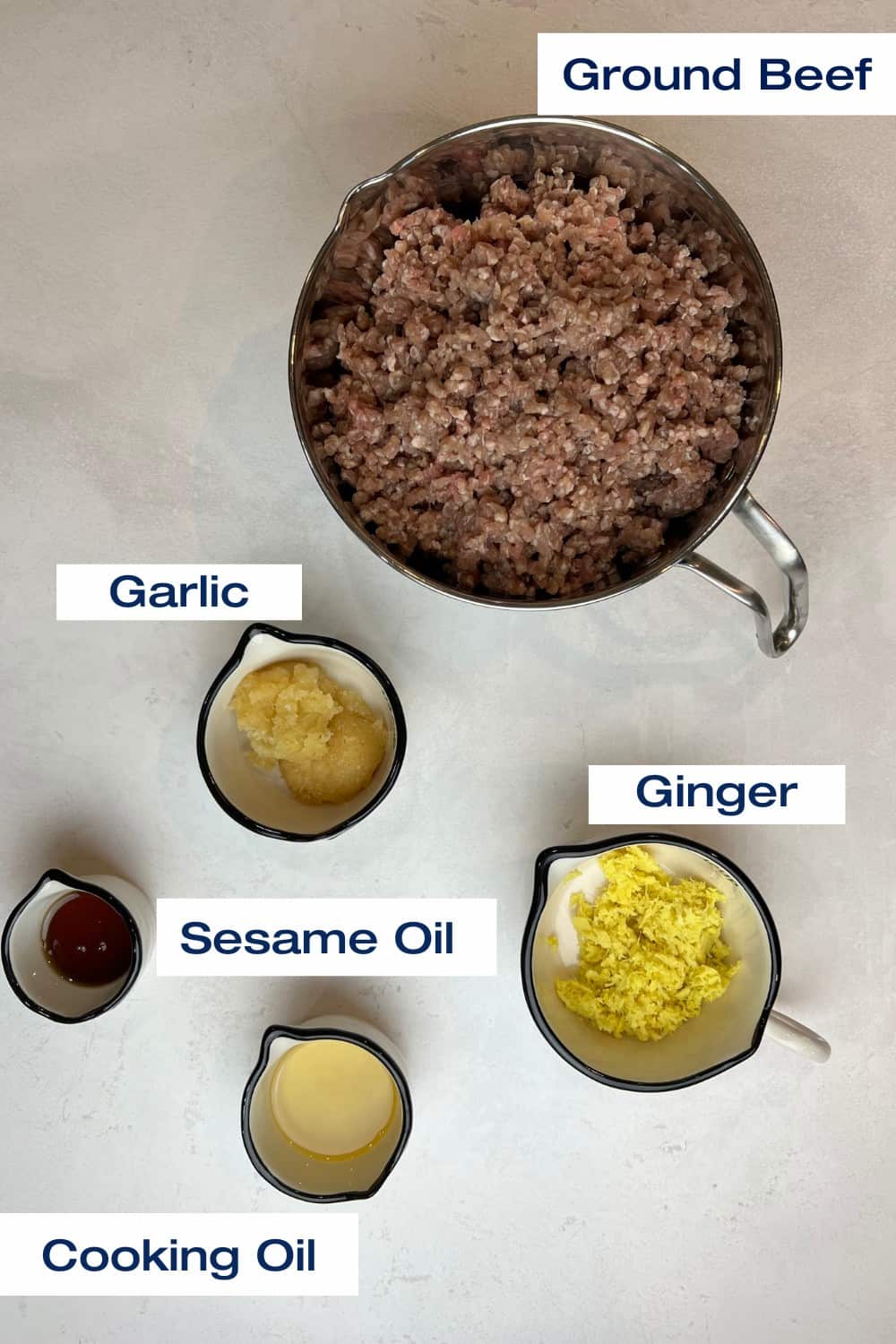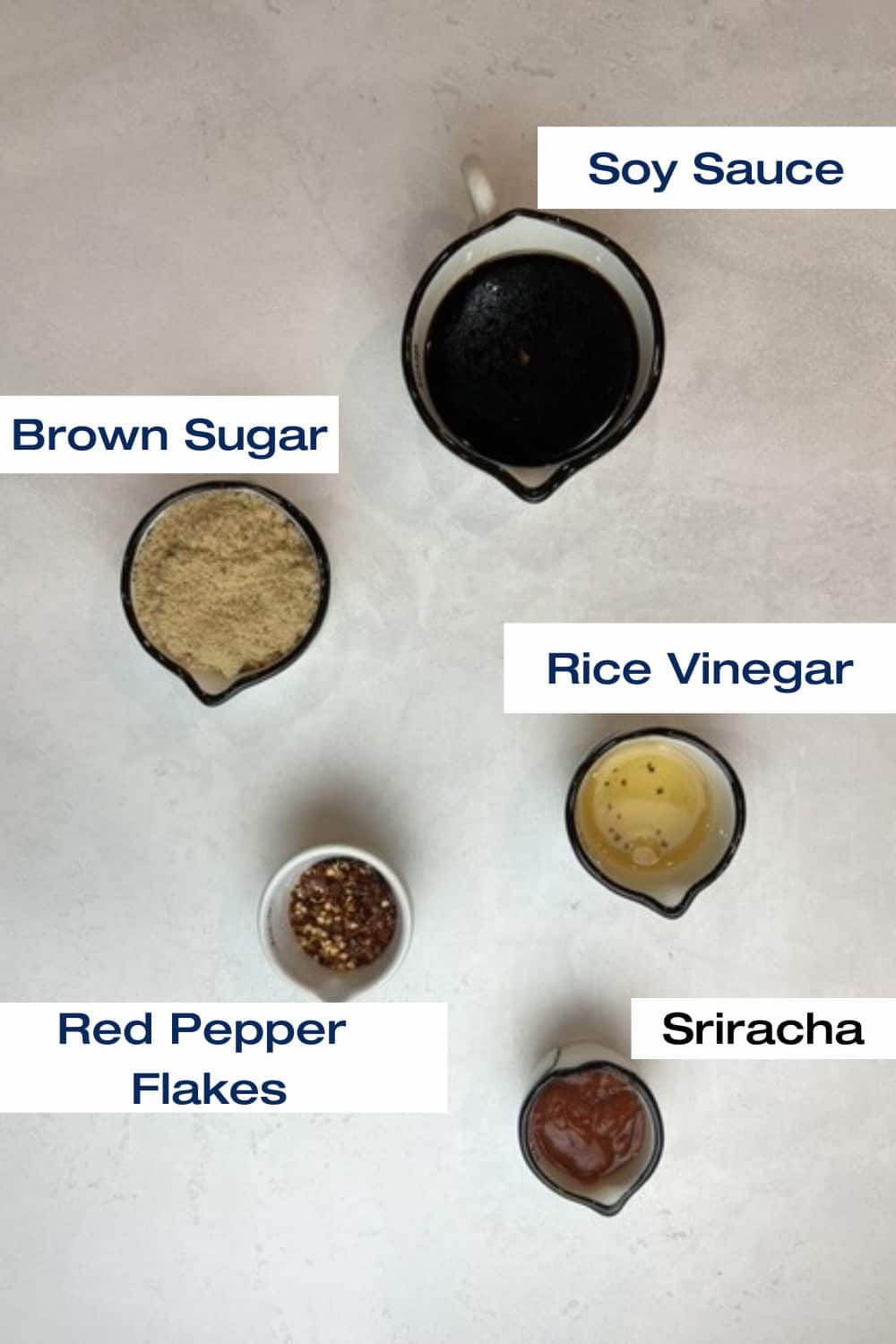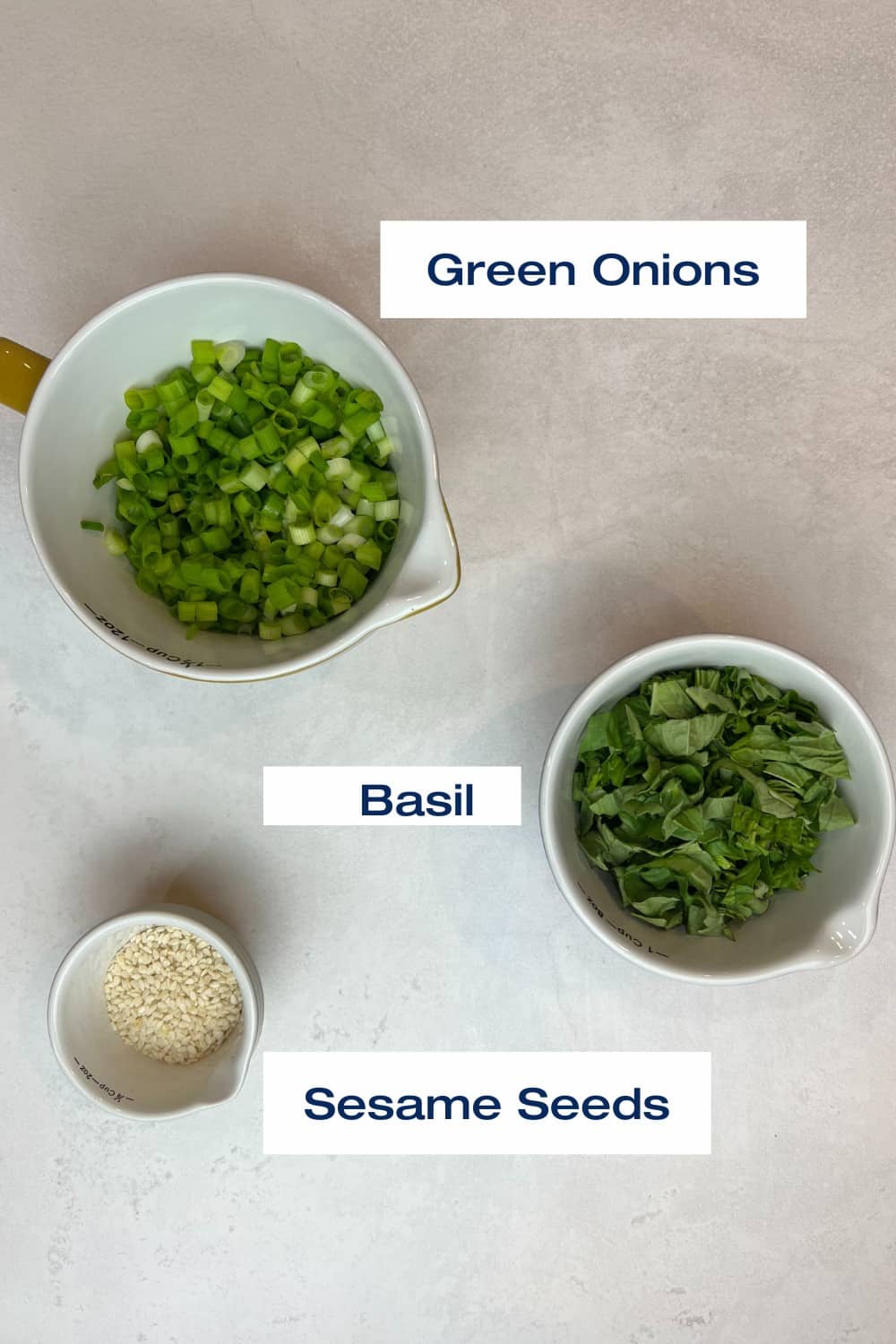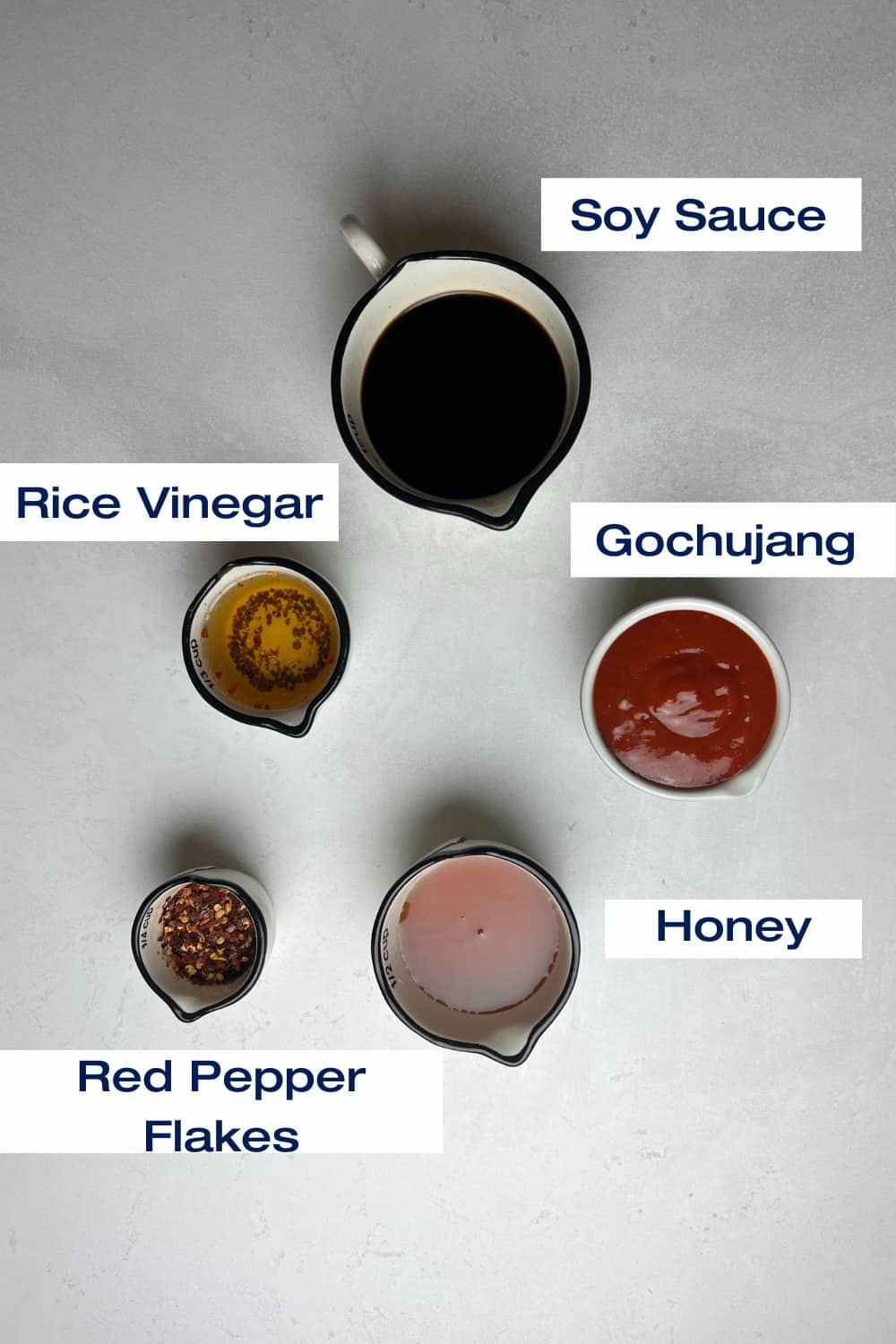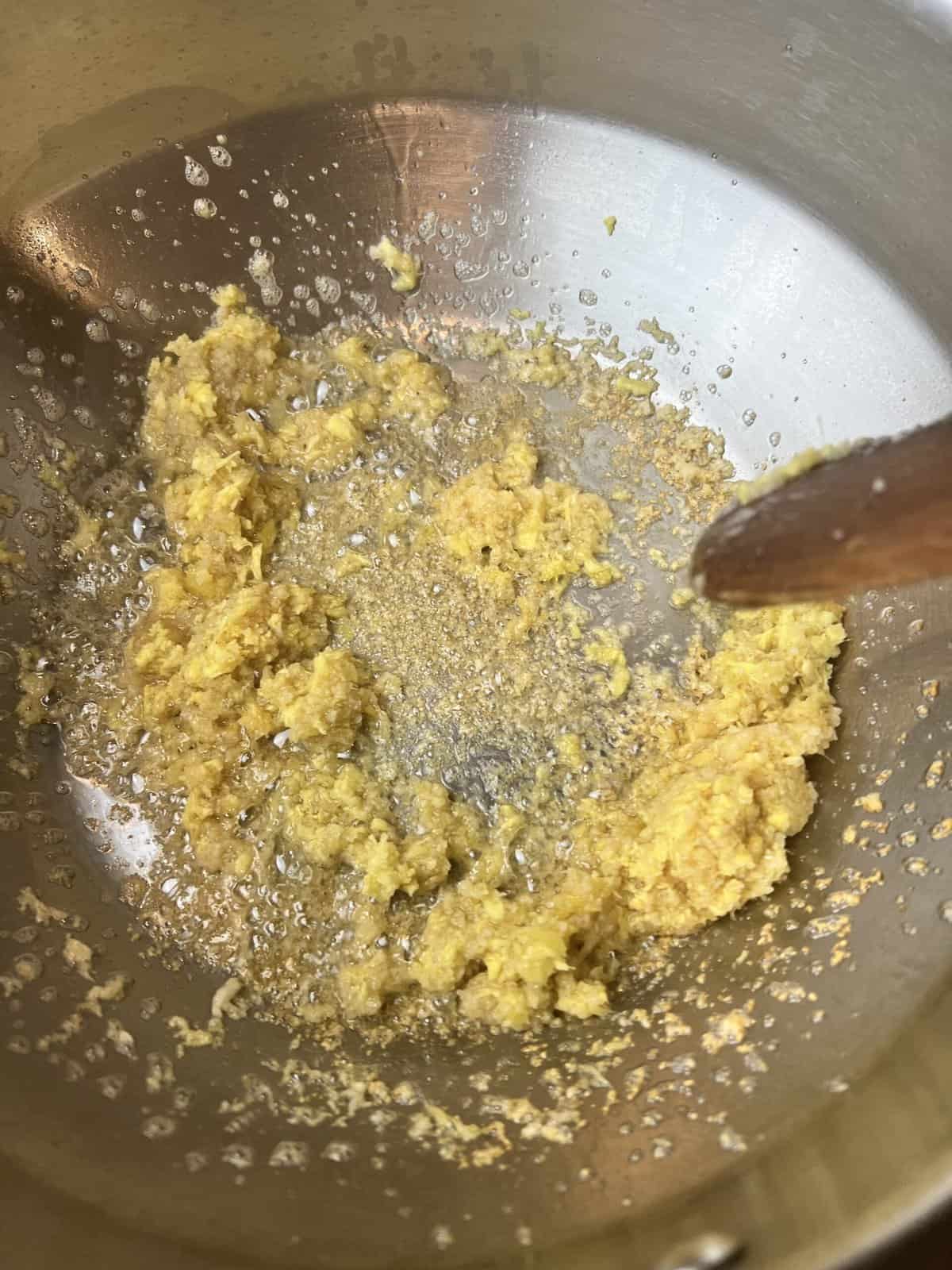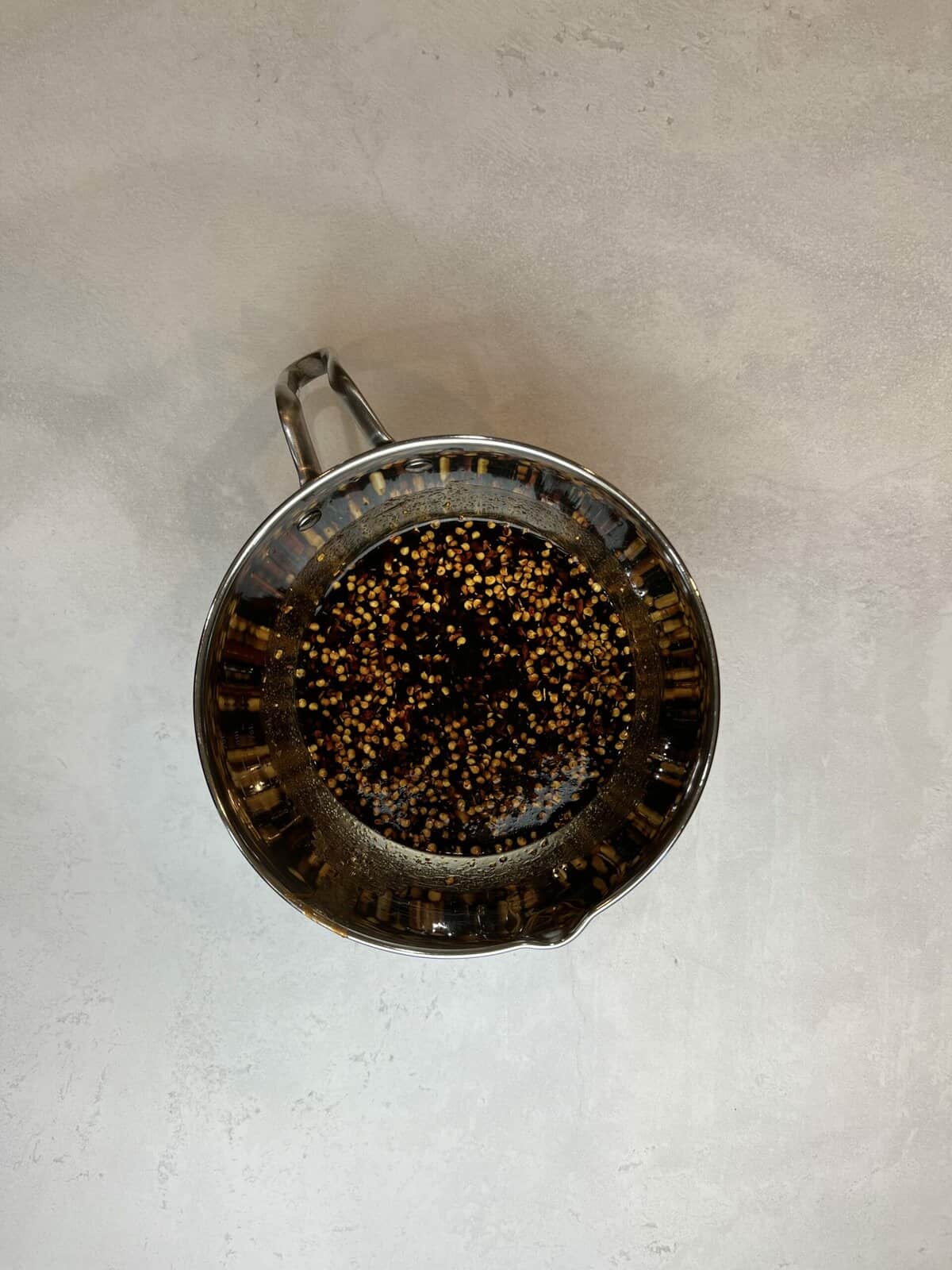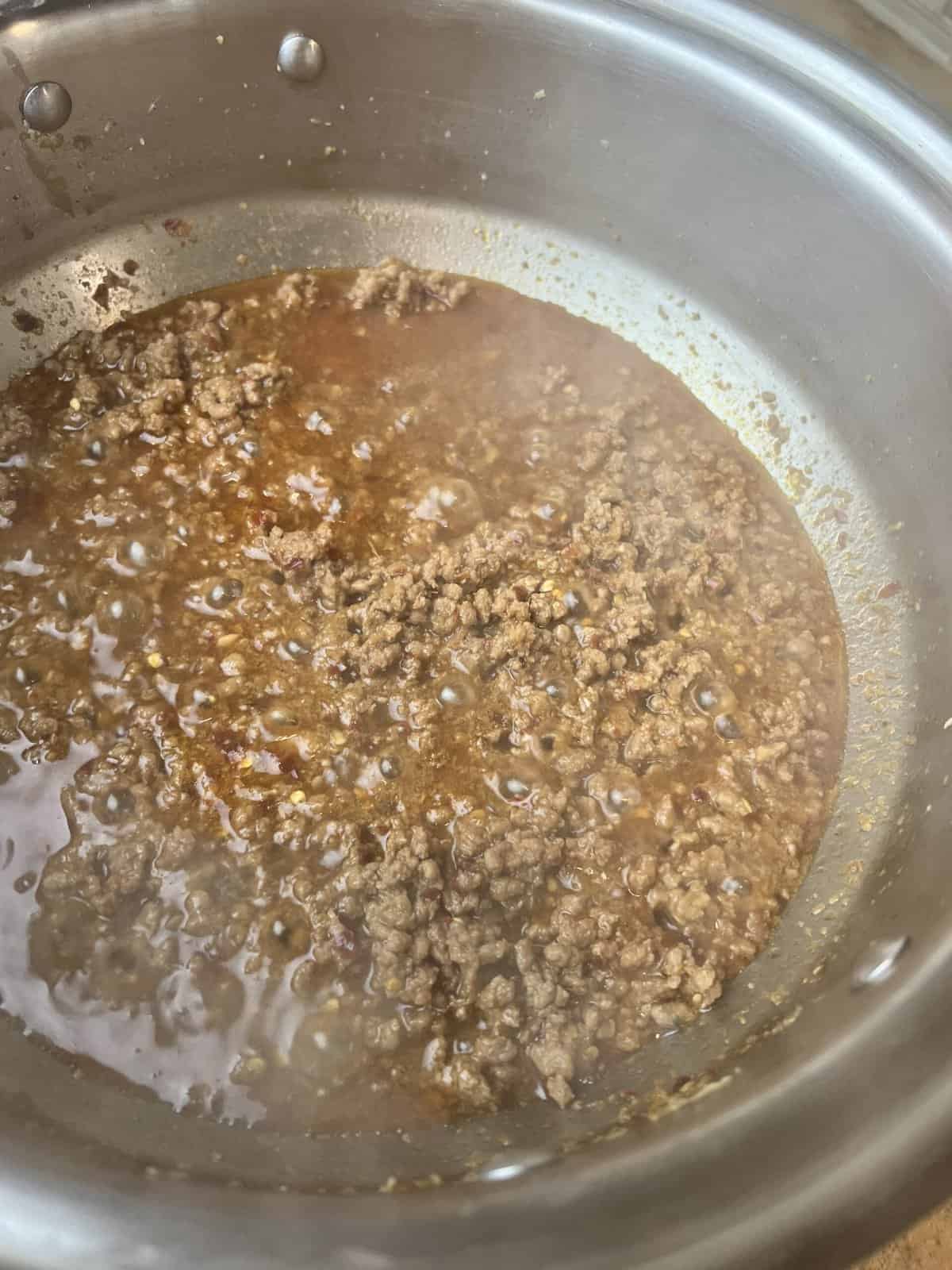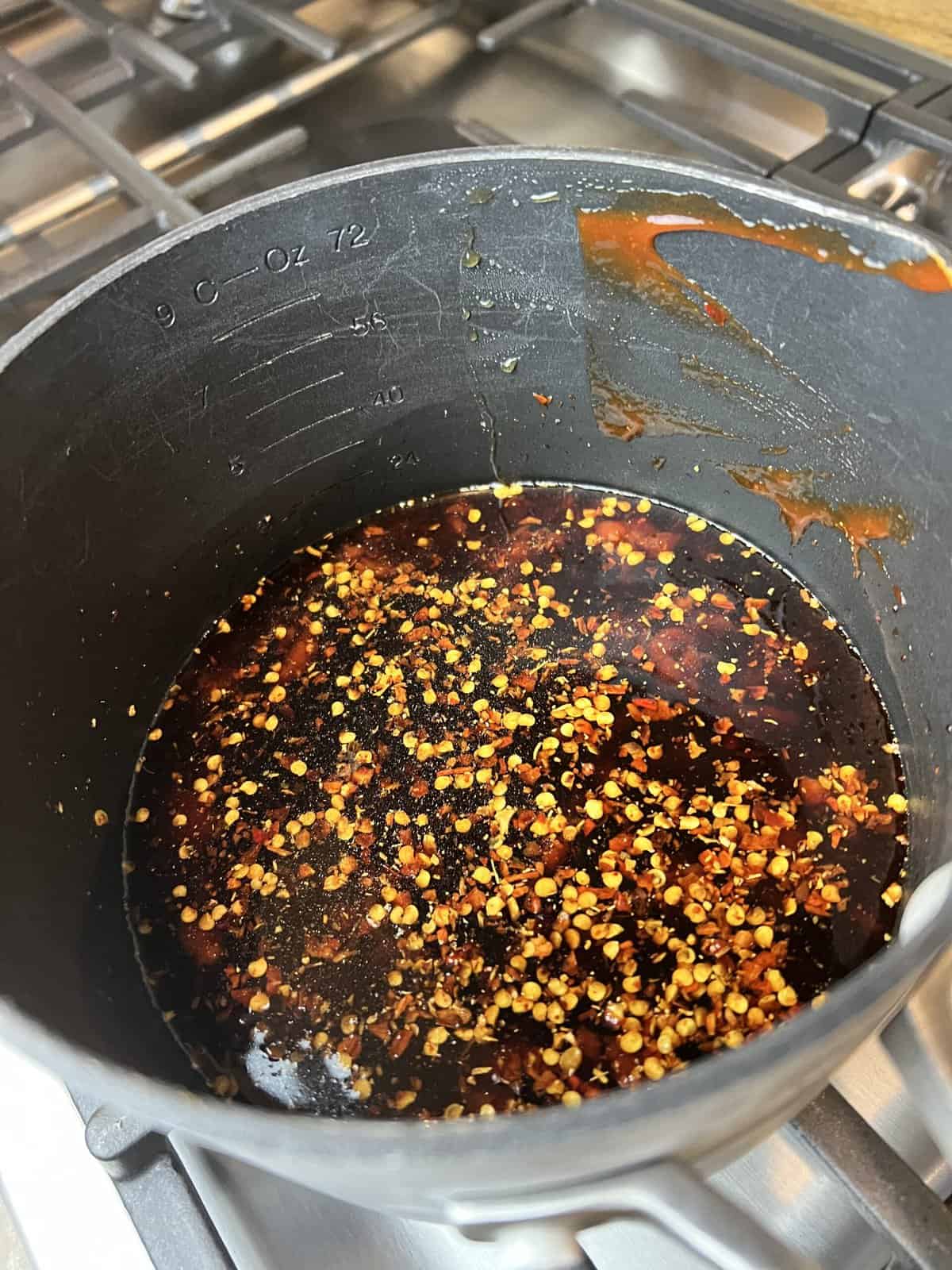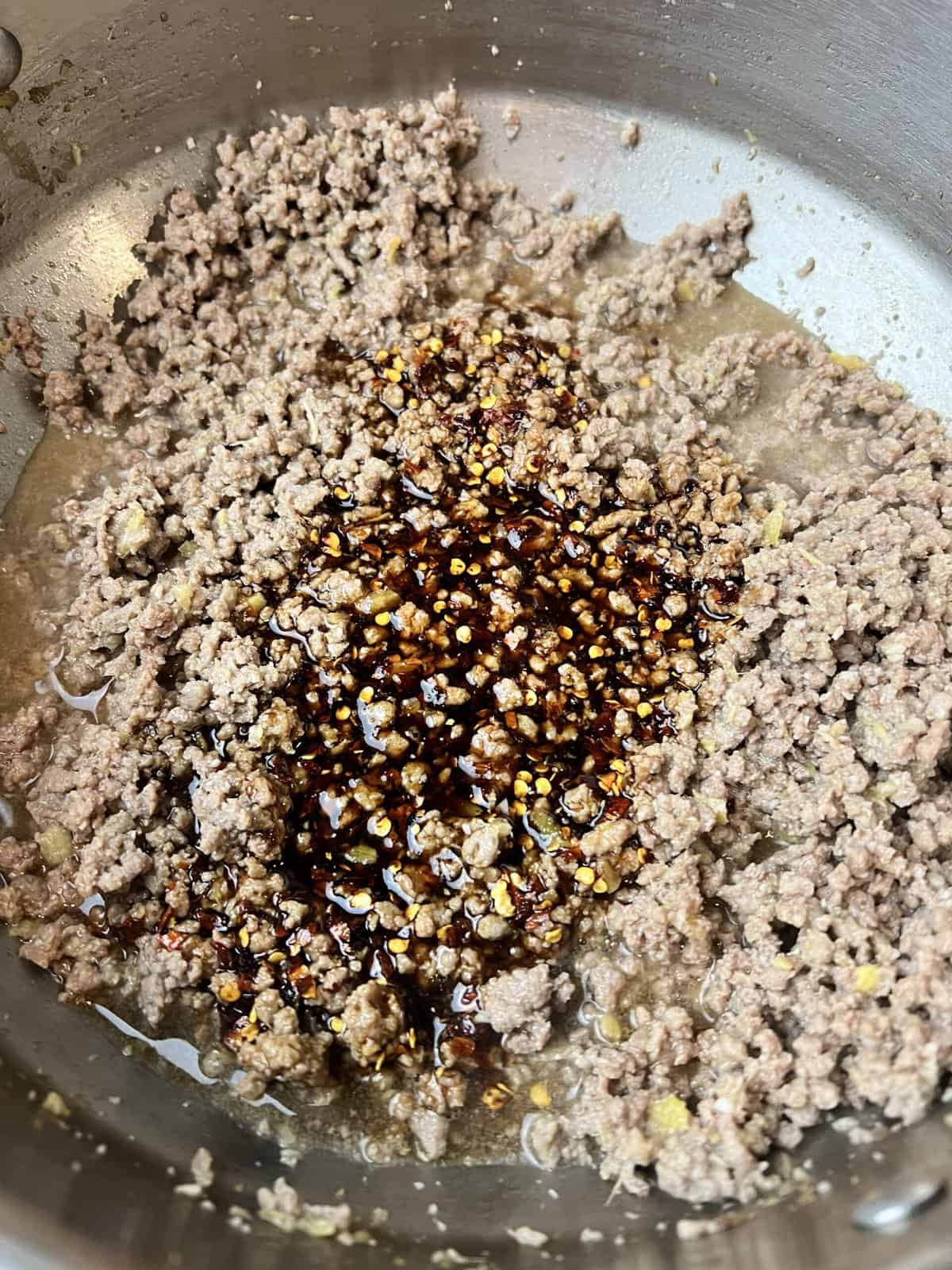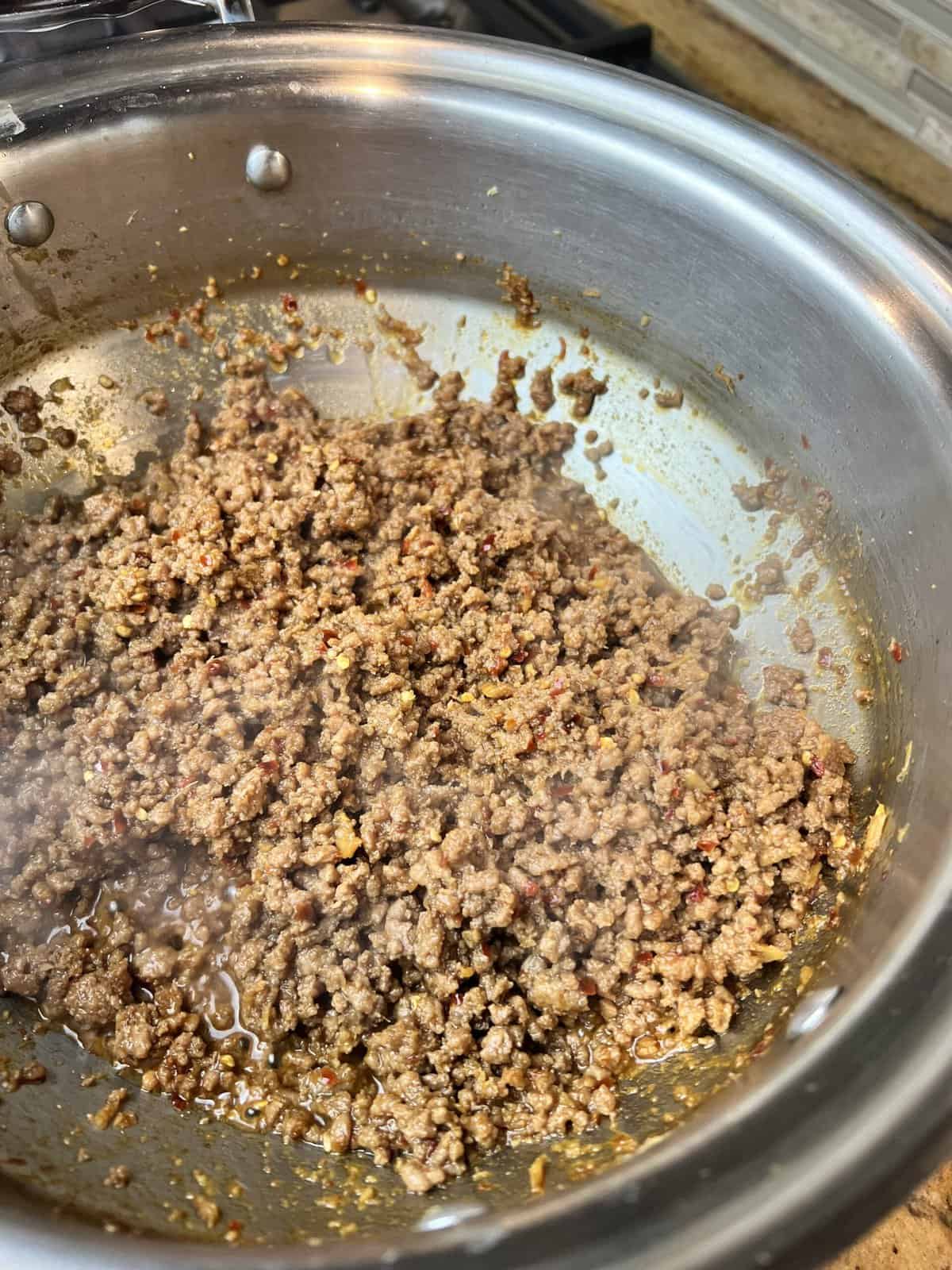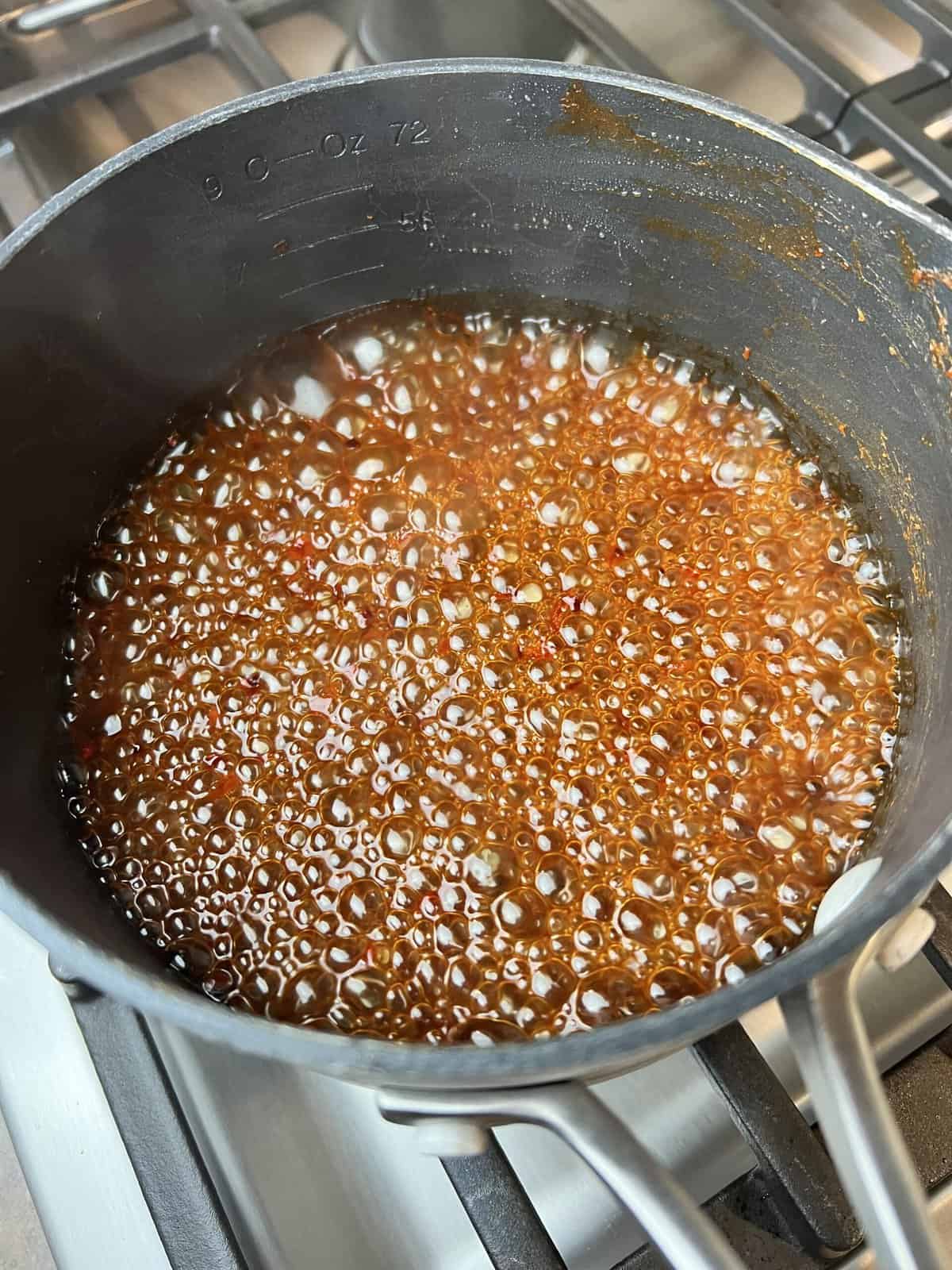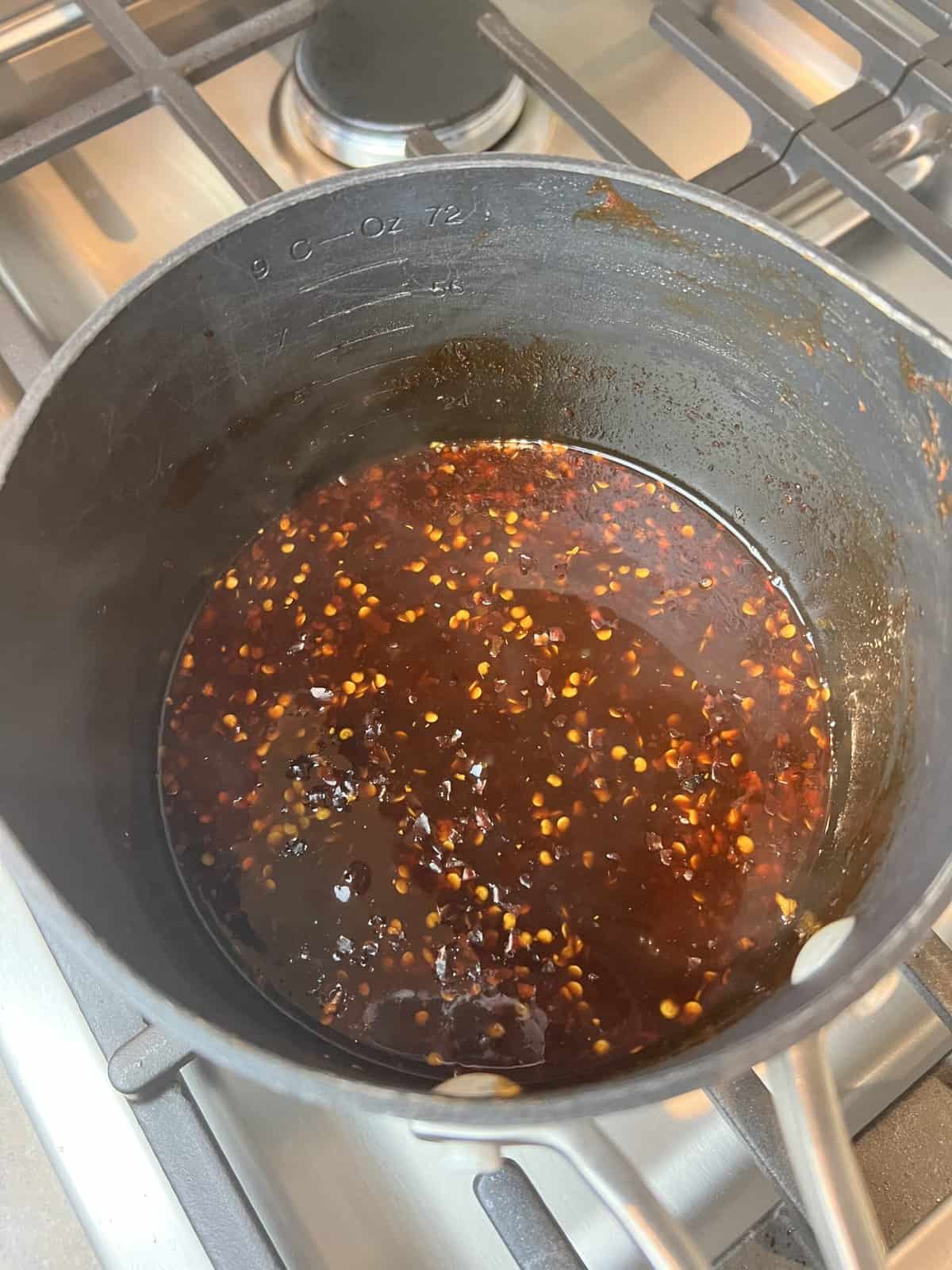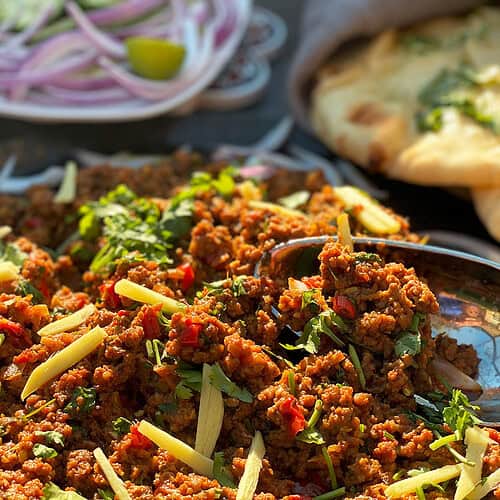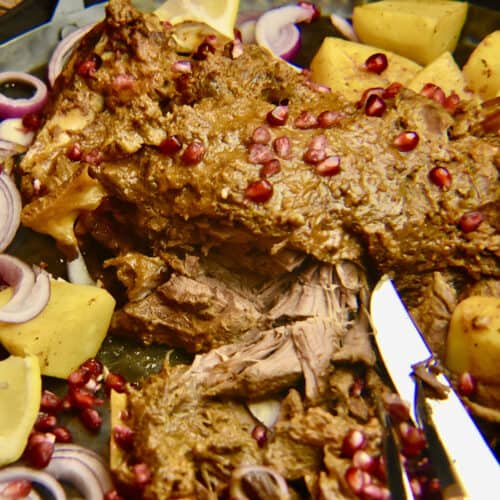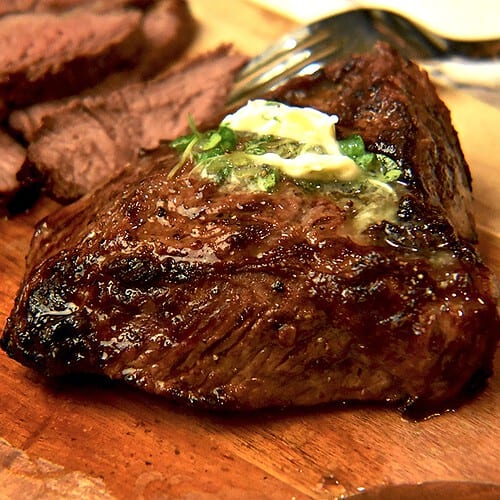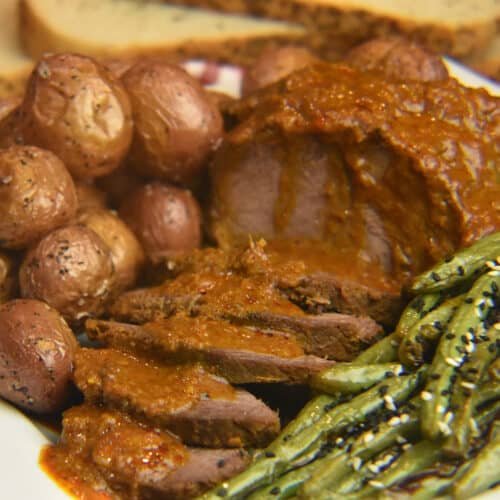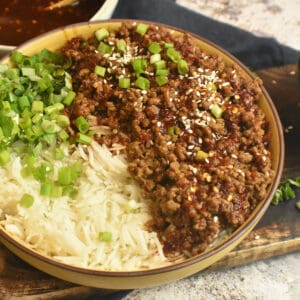If my family isn’t eating Pakistani food, then you’re likely to find us with a plate full of Korean, Thai, or Vietnamese fare. It probably goes back to our love for Indo-Chinese food, such as this Indo-Chinese-chili-chicken, Authentic (Indo-Chinese)hot & sour soup, Authentic Chinese chicken & corn soup, and air-fryer chicken wings recipe with a Thai chili sauce. I love this Korean Inspired Ground beef Bowl with plain Basmati rice or my Japanese garlic-fried rice. The options for customizing this recipe are limitless. Read on and learn more about all of them!
Why you’ll love this recipe
Quick & easy recipe - Making traditional bulgogi is time-consuming as it requires a long marinating time and lots of prep. This version of the recipe comes together in under 30 minutes, just like my pan-seared Tilapia with tamarind sauce. More affordable than traditional bulgogi - Ground beef is a much cheaper option than the traditional rib-eye, sirloin, or tenderloin used for the bulgogi recipe. Healthier than traditional bulgogi - Extra-lean ground beef makes this recipe a much lighter version of the traditional one. Perfect for meal prep - This is a great recipe for meal prep. Easy and healthy, you can double it up and it will still take only 30 minutes.
Ingredients
The beef
Traditional Korean Beef used for Bulgogi bowls is a rare beef from Cattle called Hanwoo. Here in the US Tenderloin, Sirloin or Ribeye are the meats of choice when cooking the dish. All are expensive options, especially with current meat prices, and more complex to cook. This is where my Korean Ground Beef Bowl recipe for one of the easiest meals you’ll ever cook comes in!
Extra Lean Ground Beef - I like to use 85% fat-free beef for my bowls. Sesame Oil - Any dark toasted sesame oil available at your local supermarket is good to use. This oil adds a lot of flavor to the beef. Cooking Oil - Too much sesame oil can be a bit intense so I add some Avocado Oil for extra volume. Any oil that tolerates high heat, such as Canola or Sunflower, is good. Garlic - I make my own fresh garlic paste in batches to use in all my cooking but store-bought garlic paste is acceptable. Ginger - Fresh ginger is recommended for this recipe. I peel mine and crush it using a mortar and pestle but you can grate it too.
The marinade
The marinade used in these Korean Beef Bowls follows the general principles of Korean cooking by using a combination of fermented and unfermented ingredients.
Soy Sauce - I use regular soy sauce but there are variations mentioned below for those with dietary restrictions. Brown Sugar - The recipe works best with dark brown sugar but if for some reason this is unavailable then light brown sugar works just as well. Rice Vinegar - I like to use seasoned rice vinegar for extra flavor. If you can’t find any at your local store, plain rice vinegar will do. Sriracha - This is my favorite seasoning for many recipes and my marinade wouldn’t be complete without it. Red Pepper Flakes - This is not an essential ingredient to add but since I’m used to spicy food I like to add some to my marinade.
The garnishes
Traditionally, a Korean meal comprises Rice, Vegetables, some form of meat, and a few sides, the most famous and well-known of which is Kimchi. To keep my Korean Ground Beef Recipe quick and easy I stick to the simple garnishes below, but there are many other options.
Basil - I love the aroma and taste of basil in my Korean ground beef bowls. Green Onions - Green onions take these bowls from a simple weeknight meal to a great recipe! Sesame Seeds - These add a perfect finish and a delicious crunchy texture to Korean Bowls. The best part in my opinion!
The Gochujang sauce
Gochujang Paste - This is Fermented Red Chili Paste and is available at Asian grocery stores. An intrinsic part of Korean cooking, it adds much flavor to any Korean Inspired dish. Soy Sauce - I like to take the gochujang and add some soy sauce to it for that umami flavor. Red Pepper Flakes - Once again, I can never have enough spices in my food! Feel free to eliminate this ingredient or use less of it, depending on your palate. Rice Vinegar - A little bit of rice vinegar helps balance the spicy, salty, and sweet taste of all the other ingredients. Honey - The honey adds sweetness and thickens the sauce to a perfect consistency.
Substitutions & variations
Change up the vegetables - Add some carrots, cucumber, or even spinach to your bowl.
Switch up the meats - ground chicken, ground turkey, and thinly sliced and sauteed meats work very well. For vegans, try this recipe with impossible meat. Try a different carb base - use white rice as shown or try the Korean ground beef bowl with some fried rice, garlic rice, or even some noodles as the base for your bowl. Make this a low-carb bowl - Eliminate the Starch completely and serve the beef over some spaghetti squash or cauliflower rice for a lower-carb option. Try the bowls with only vegetables. Shred some napa cabbage, saute some Broccoli or tri-colored bell Peppers, and snap peas. Swap the brown sugar for a healthier version - In the marinade, instead of the brown sugar try honey or swerve brown sugar. Try the bowl with less salt - Use low-sodium Soy Sauce instead of the regular variety. Try different garnishes - For a crunchy topping add some crushed peanuts and crispy noodles. Not in the mood to chop and cut the veggies, add some fresh microgreens.
Step-by-step instructions
Step 9 - Drizzle the prepared sauce over your prepared Korean Beef Bowl. Step 3 - Mix and stir the ingredients of the marinade together in a small mixing bowl. Step 5 - Uncover and cook the beef on high till all the liquid evaporates. Step 7 - Mix all of the ingredients for the gochujang sauce in a small pan and whisk till they’re well combined. Step 4 - Add the marinade to the beef, cover, and cook on low heat for 15-20 minutes. Step 6 - Saute the beef for a few minutes till the meat is medium brown. Step 8 - Bring the sauce to a boil and then simmer it on medium heat till it slightly thickens.
Expert Tips
Repurpose your leftovers to create new meals - If you have any leftover meat after dinner is over (you probably won’t) use it to make bulgogi spring rolls, bulgogi tacos (yes that’s a thing), bulgogi pizza, or just fill it in lettuce and make yourself a healthy wrap for lunch the next day. To save time, start cooking your rice, sauce, and beef simultaneously - I usually cook my rice in my Instant Pot and start on the beef and sauce at the same time, using two different burners on my stove. For best results, use 85% lean and 15% fat beef - More fat and the meat will taste fatty and heavy. Less fat will result in dry flavorless meat. Double up the Gochujang Sauce - It will take you the same amount of time to make extra sauce and you can use it later for stir-fries, marinades, or just as a dipping sauce.
Other Beef Recipes You May Like
For more Pakistani recipes like this, check out 20 popular Pakistani recipes. If you decide to try this recipe, Please don’t forget to leave a rating and comment below! If you take a picture then tag me on Instagram! Thank You!
